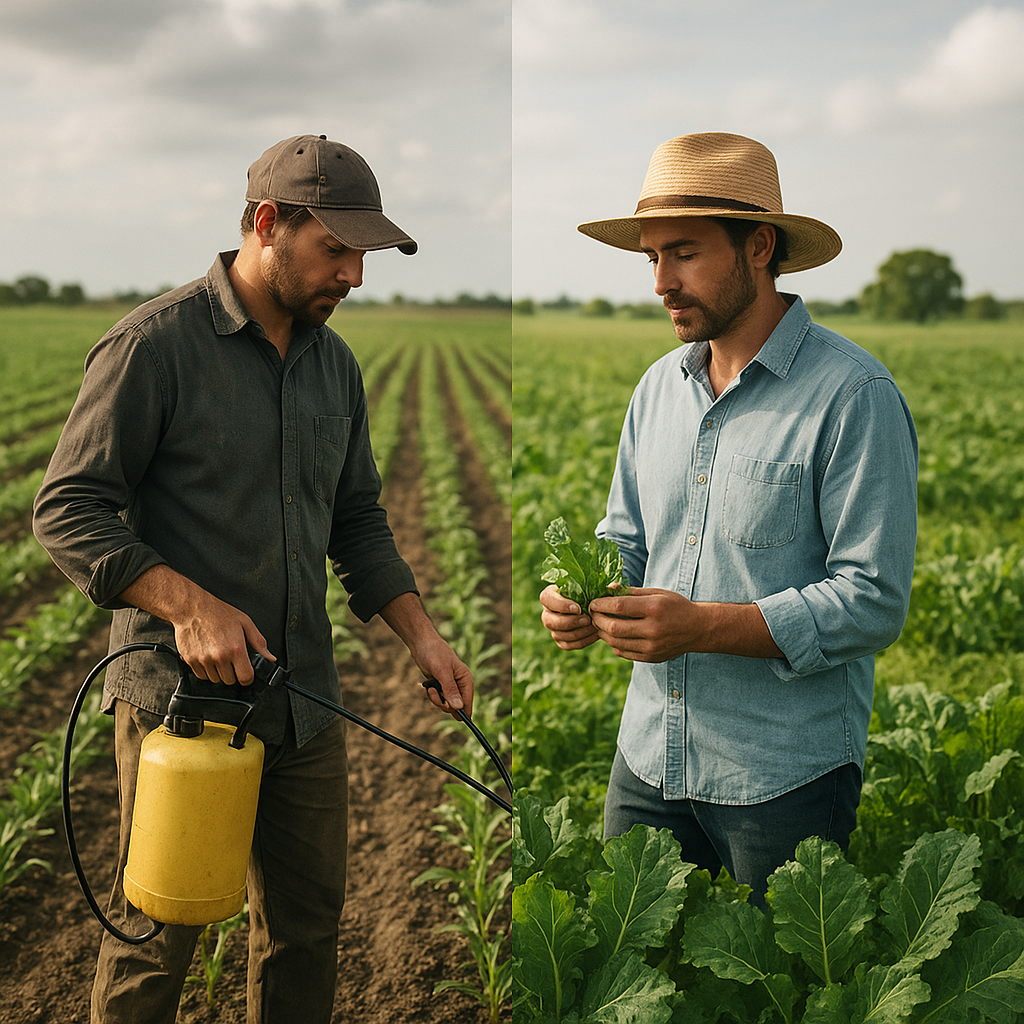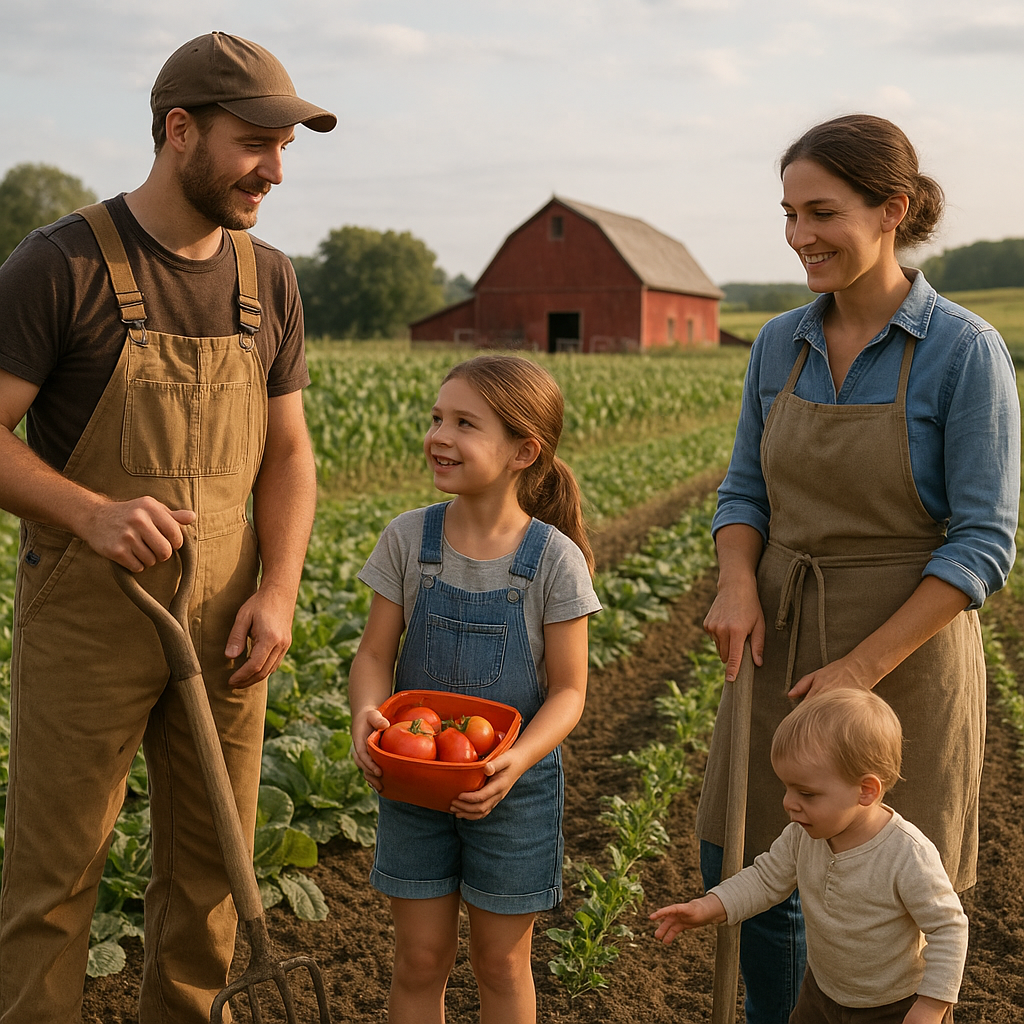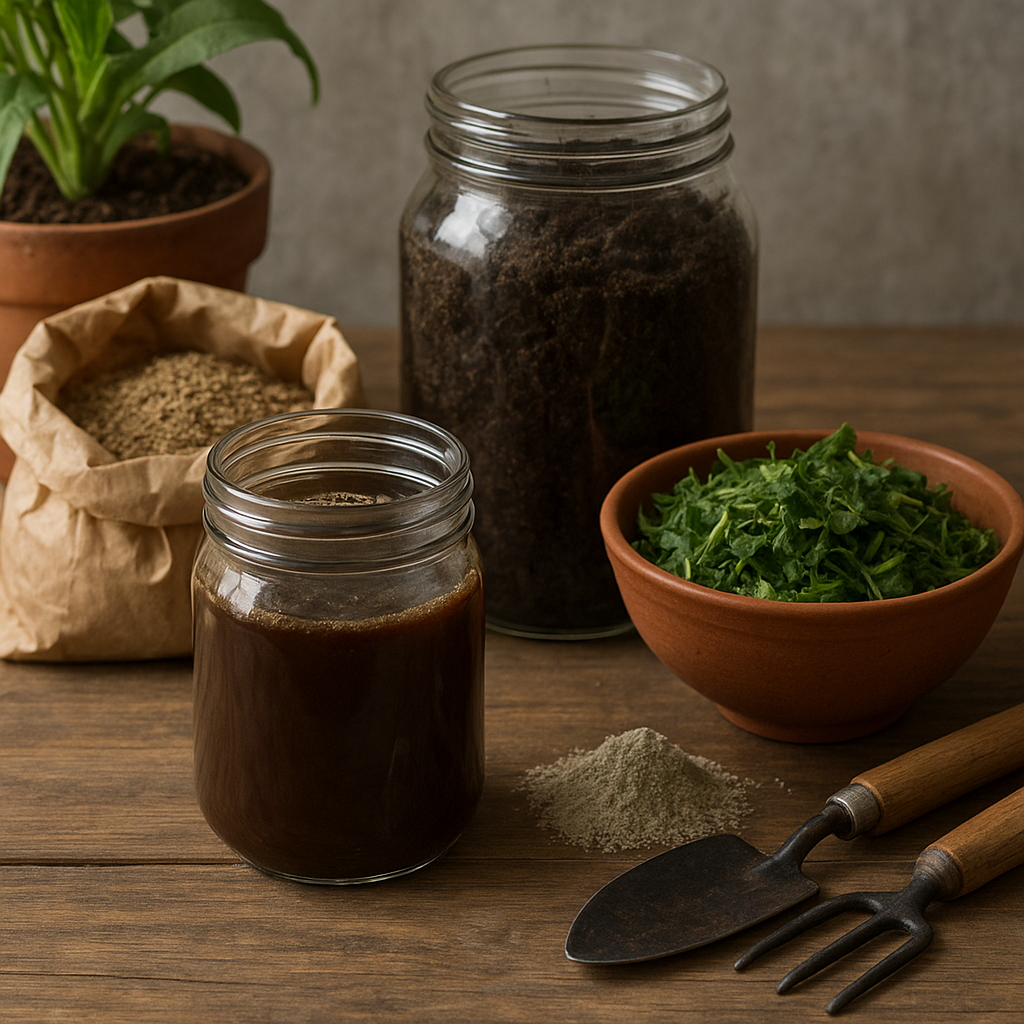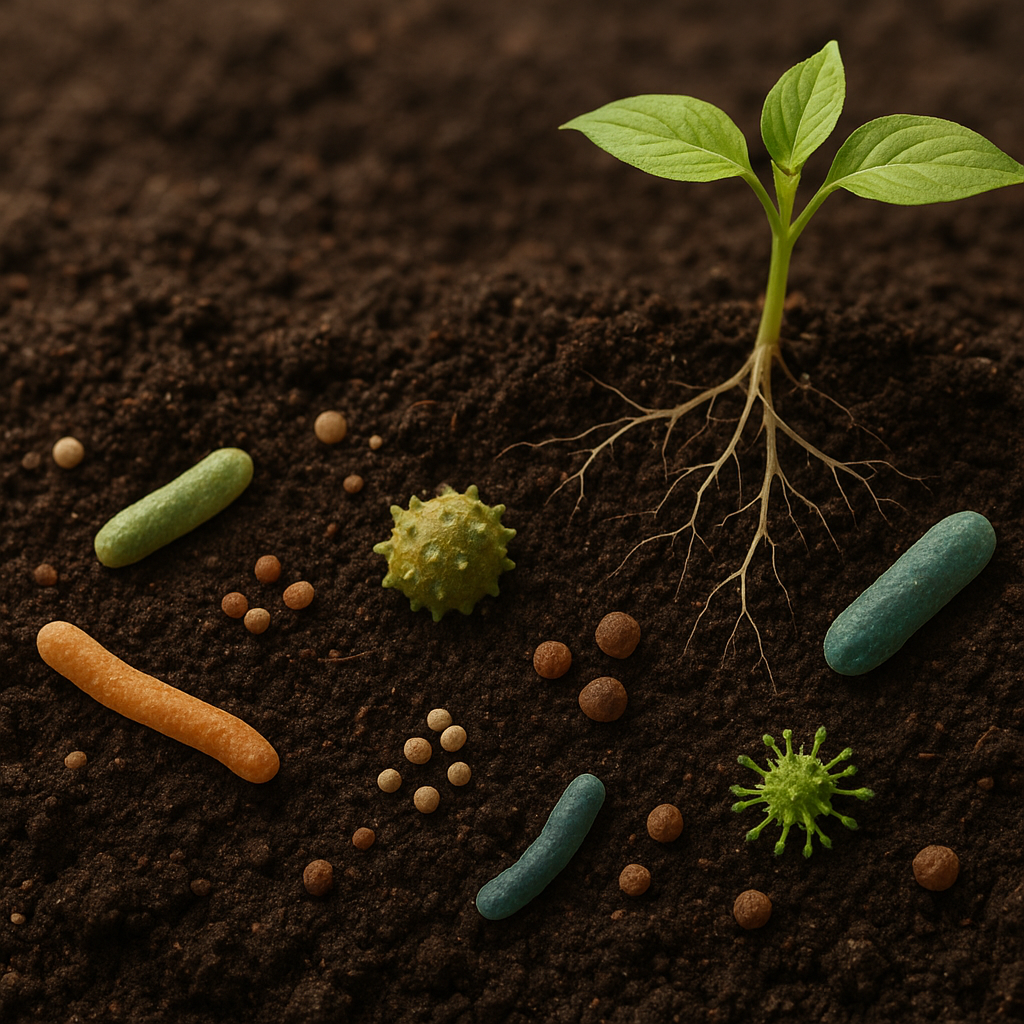Farming and biodiversity are intricately linked, with each influencing the other in profound ways. The relationship between agricultural practices and the natural world is complex, as farming can both enhance and diminish biodiversity. Understanding this interaction is crucial for developing sustainable agricultural practices that not only meet human needs but also protect and promote the diversity of life on our planet. This article explores the dynamics of farming and biodiversity, examining how agricultural methods impact ecosystems and what can be done to foster a more harmonious relationship between the two.
The Impact of Farming on Biodiversity
Farming has a significant impact on biodiversity, often leading to habitat loss, soil degradation, and a decline in species variety. The expansion of agricultural land has historically resulted in the conversion of forests, wetlands, and grasslands into monoculture fields, which can severely disrupt local ecosystems.
Habitat Loss and Fragmentation
One of the most direct effects of farming on biodiversity is habitat loss. As agricultural practices expand, natural habitats are often cleared to make way for crops and livestock. This not only reduces the area available for wild species but also fragments existing habitats, making it difficult for species to migrate, find food, and reproduce. Fragmentation can lead to isolated populations, which are more vulnerable to extinction due to inbreeding and reduced genetic diversity.
Soil Degradation and Chemical Use
Intensive farming practices often involve the use of chemical fertilizers and pesticides, which can have detrimental effects on soil health and biodiversity. These chemicals can contaminate soil and water sources, harming non-target species, including beneficial insects, birds, and aquatic life. Additionally, the overuse of fertilizers can lead to nutrient runoff, causing algal blooms in water bodies that deplete oxygen levels and create dead zones, further threatening aquatic biodiversity.
Monoculture and Genetic Erosion
Monoculture farming, the practice of growing a single crop over a large area, can lead to genetic erosion. When farmers rely on a limited number of crop varieties, the genetic diversity within those crops diminishes. This lack of diversity makes crops more susceptible to pests and diseases, which can lead to crop failures and increased reliance on chemical inputs. Furthermore, the loss of traditional crop varieties can diminish the resilience of agricultural systems to changing environmental conditions.
Promoting Biodiversity Through Sustainable Farming Practices
Despite the challenges posed by conventional farming methods, there are numerous strategies that can promote biodiversity while still allowing for productive agricultural practices. Sustainable farming practices aim to balance the need for food production with the necessity of preserving ecosystems and the services they provide.
Agroecology and Permaculture
Agroecology and permaculture are two approaches that emphasize the integration of ecological principles into farming. Agroecology focuses on designing agricultural systems that mimic natural ecosystems, promoting biodiversity through crop rotation, intercropping, and the use of cover crops. These practices can enhance soil health, reduce pest pressures, and improve resilience to climate change.
Permaculture, on the other hand, is a design philosophy that seeks to create sustainable and self-sufficient agricultural systems. By incorporating diverse plant species, permaculture systems can support a wide range of wildlife, enhance soil fertility, and reduce the need for chemical inputs. Both approaches prioritize the health of the ecosystem, recognizing that a diverse farm is often a more productive and resilient one.
Conservation Agriculture
Conservation agriculture is another sustainable practice that can enhance biodiversity. This approach involves minimal soil disturbance, maintaining soil cover, and rotating crops to improve soil health and reduce erosion. By preserving soil structure and organic matter, conservation agriculture can support a diverse array of soil organisms, which play a crucial role in nutrient cycling and plant health.
Agroforestry
Agroforestry combines agriculture and forestry practices to create more diverse and productive landscapes. By integrating trees and shrubs into agricultural systems, farmers can enhance biodiversity, improve soil health, and provide habitat for wildlife. Agroforestry systems can also offer additional income streams through the production of timber, fruits, and nuts, making them economically viable for farmers.
Supporting Pollinators and Beneficial Insects
Pollinators and beneficial insects play a vital role in agricultural ecosystems, contributing to crop production and pest control. Farmers can support these important species by planting hedgerows, wildflower strips, and cover crops that provide food and habitat. Reducing pesticide use and adopting integrated pest management (IPM) strategies can also help protect these beneficial organisms, promoting a healthier and more biodiverse farming environment.
Conclusion: The Path Forward
The interaction between farming and biodiversity is a critical issue that requires urgent attention. As the global population continues to grow, the demand for food will increase, putting additional pressure on agricultural systems and natural ecosystems. However, by adopting sustainable farming practices that prioritize biodiversity, we can create a more resilient food system that benefits both people and the planet.
Farmers, policymakers, and consumers all have a role to play in promoting biodiversity in agriculture. Supporting local and sustainable food systems, advocating for policies that protect natural habitats, and educating others about the importance of biodiversity can help foster a more sustainable future. By recognizing the interconnectedness of farming and biodiversity, we can work towards a world where agriculture thrives alongside the rich tapestry of life that sustains us all.




